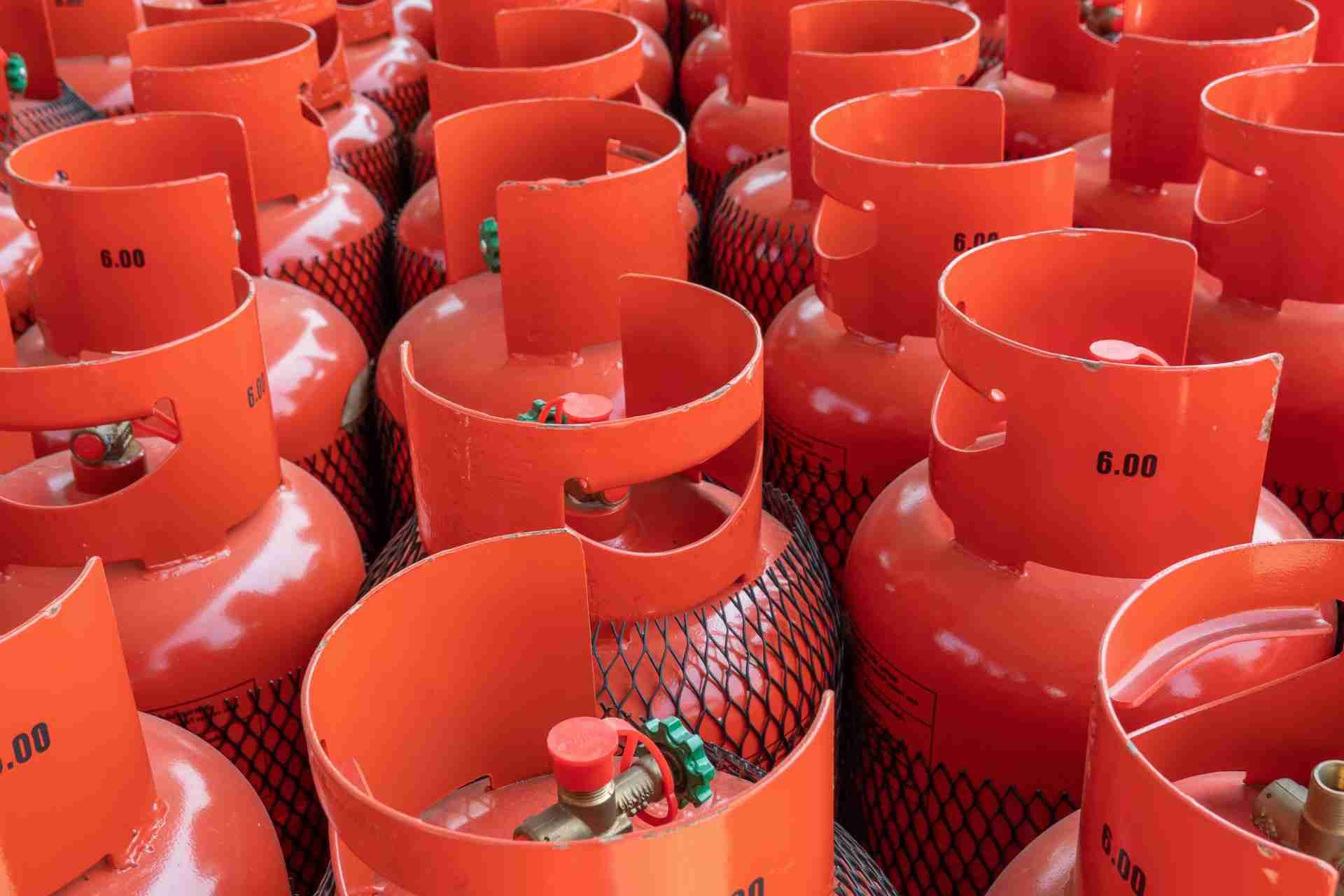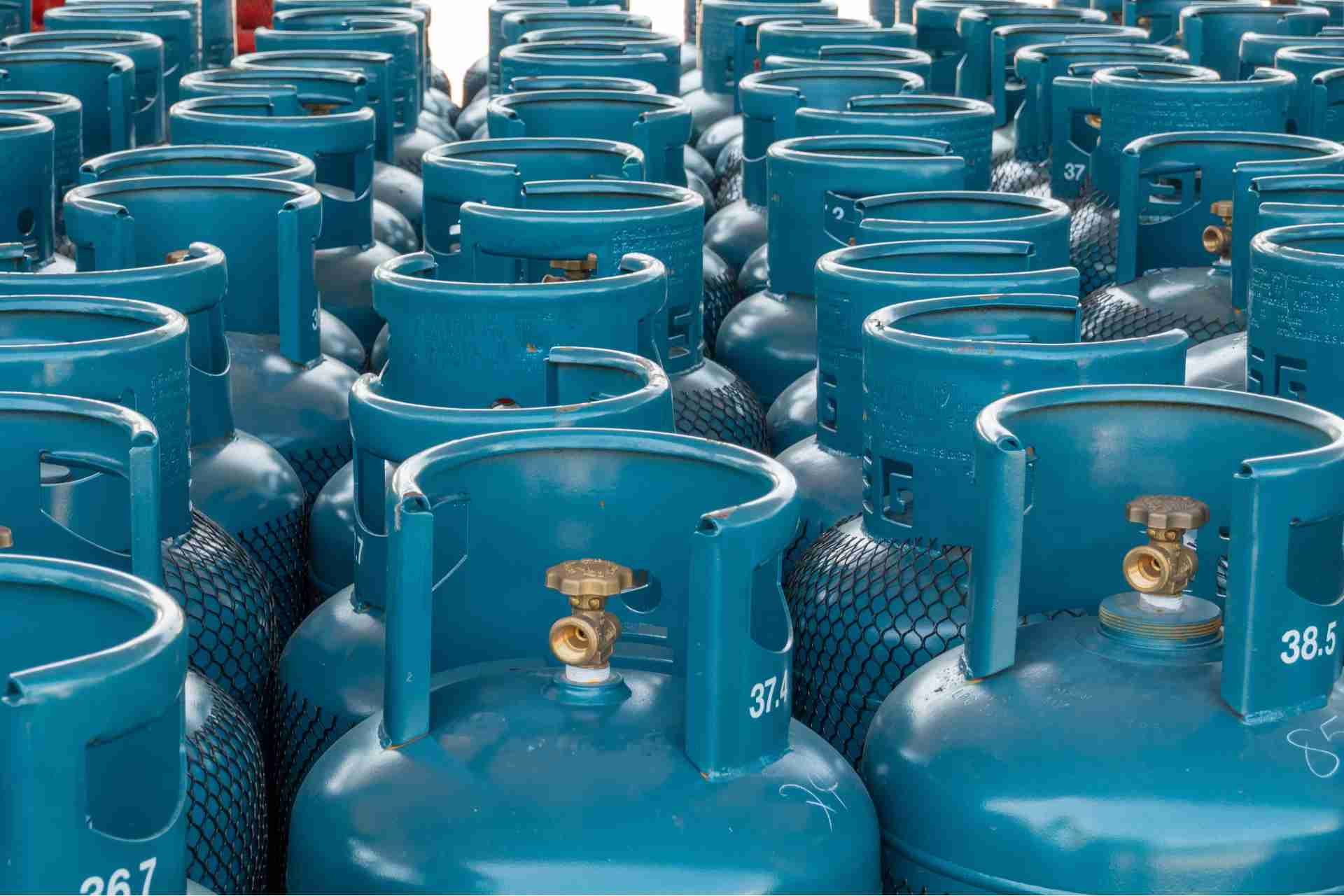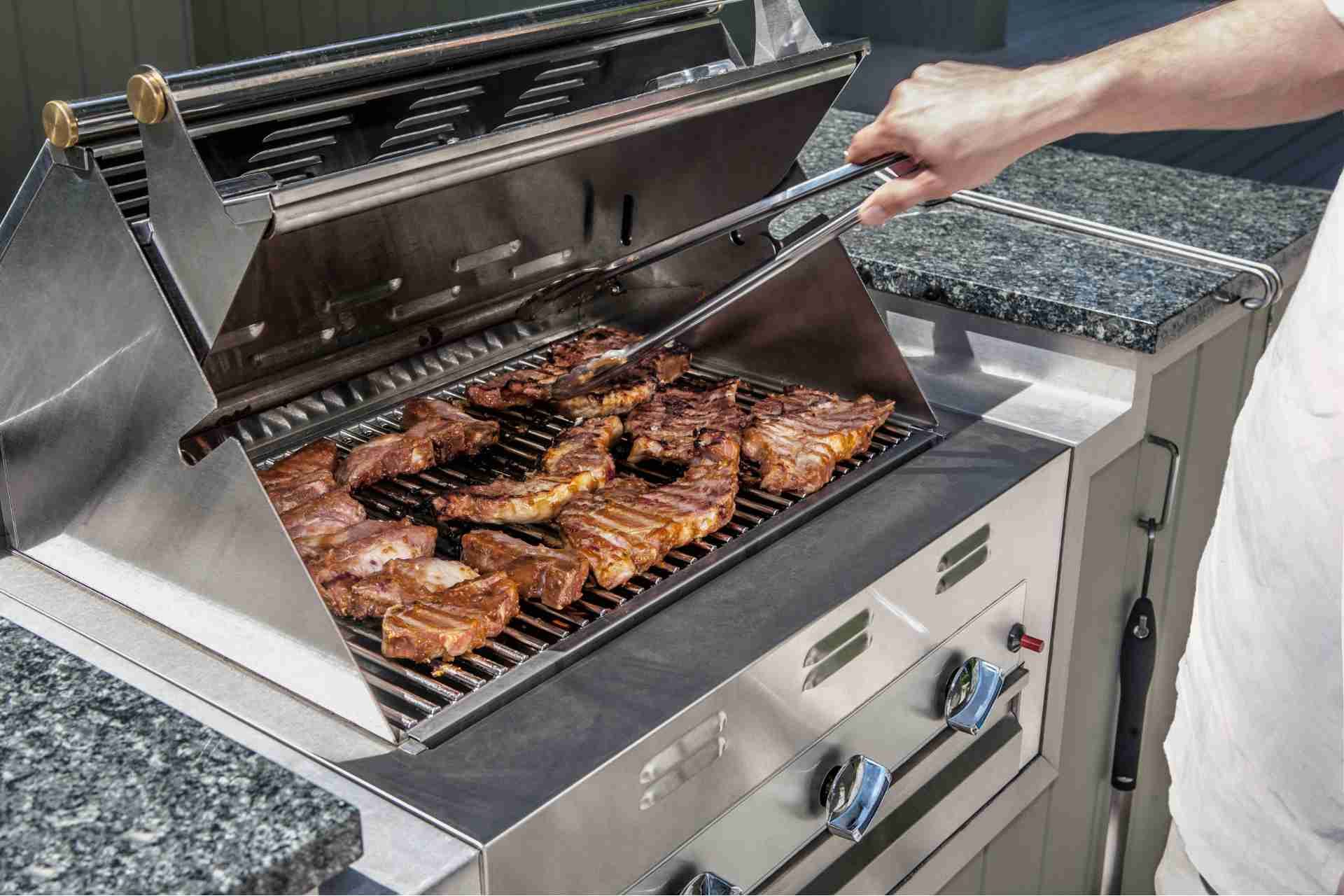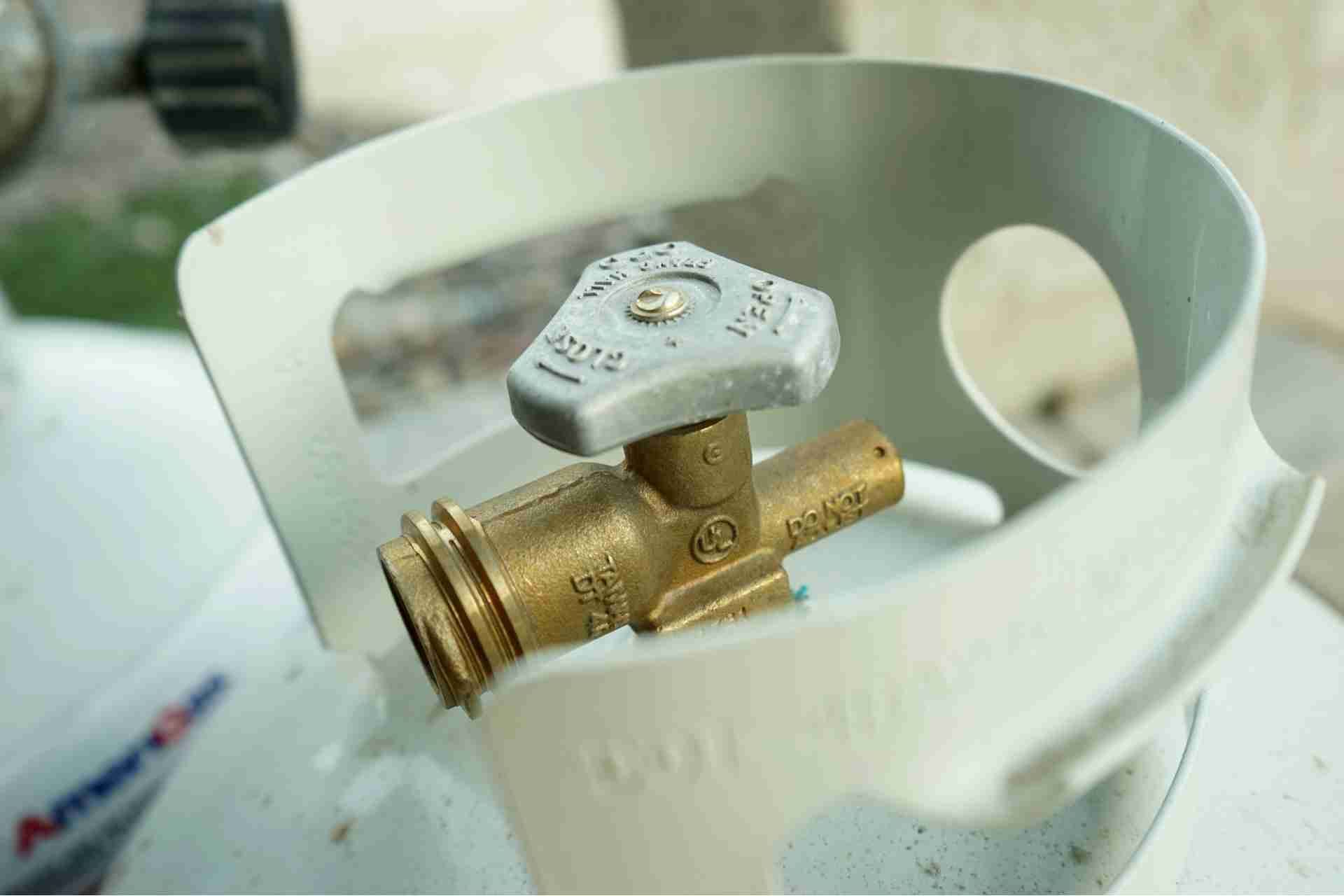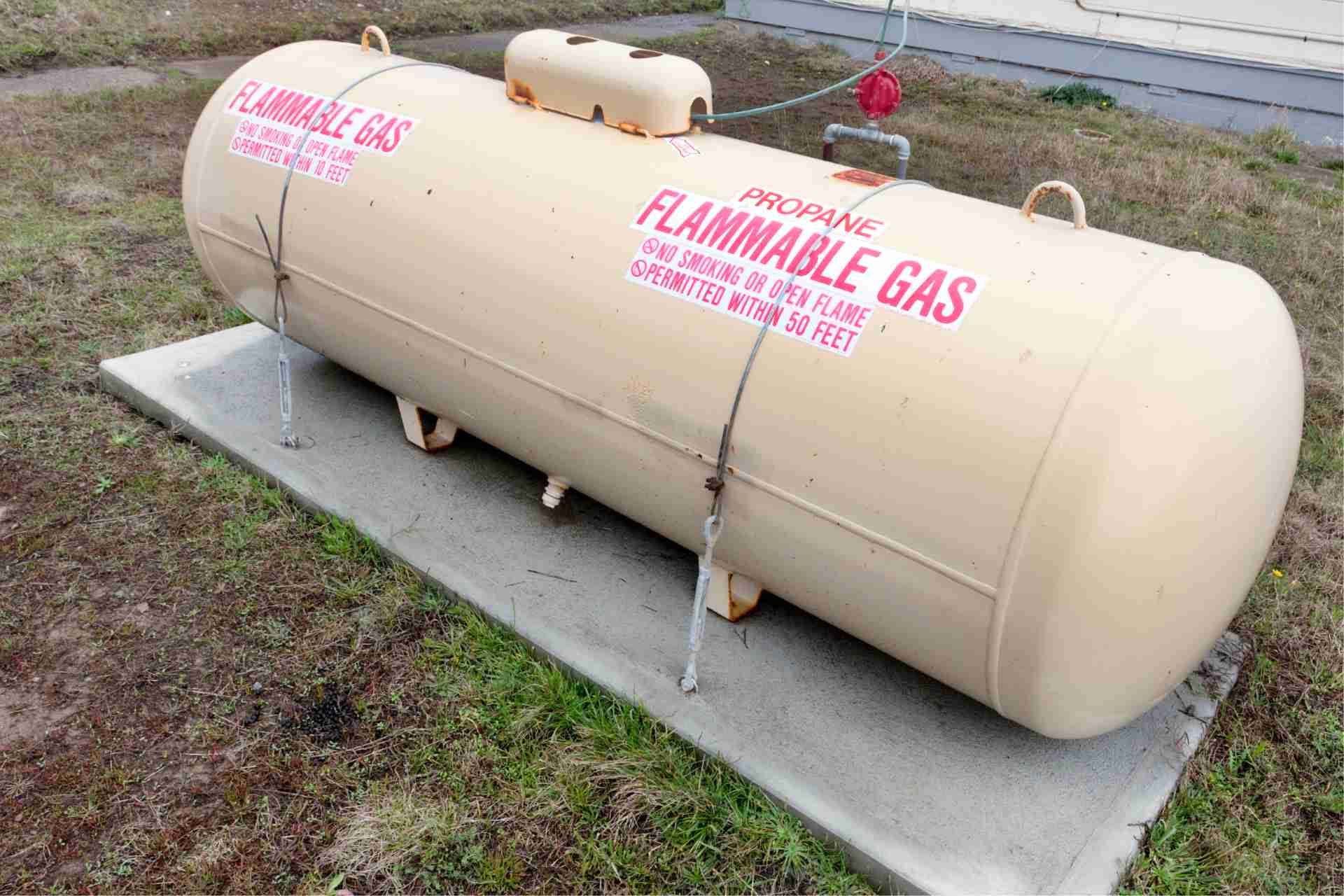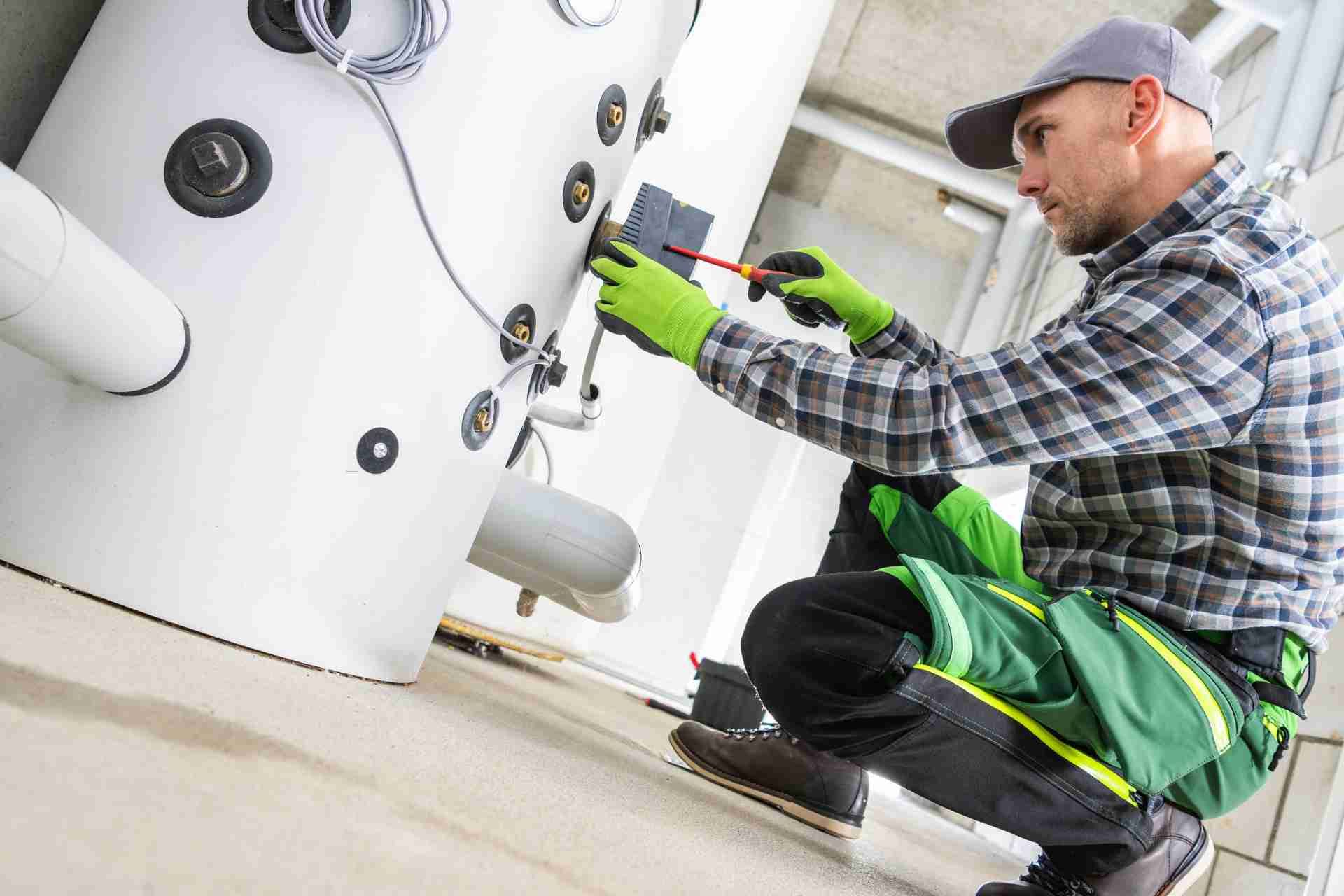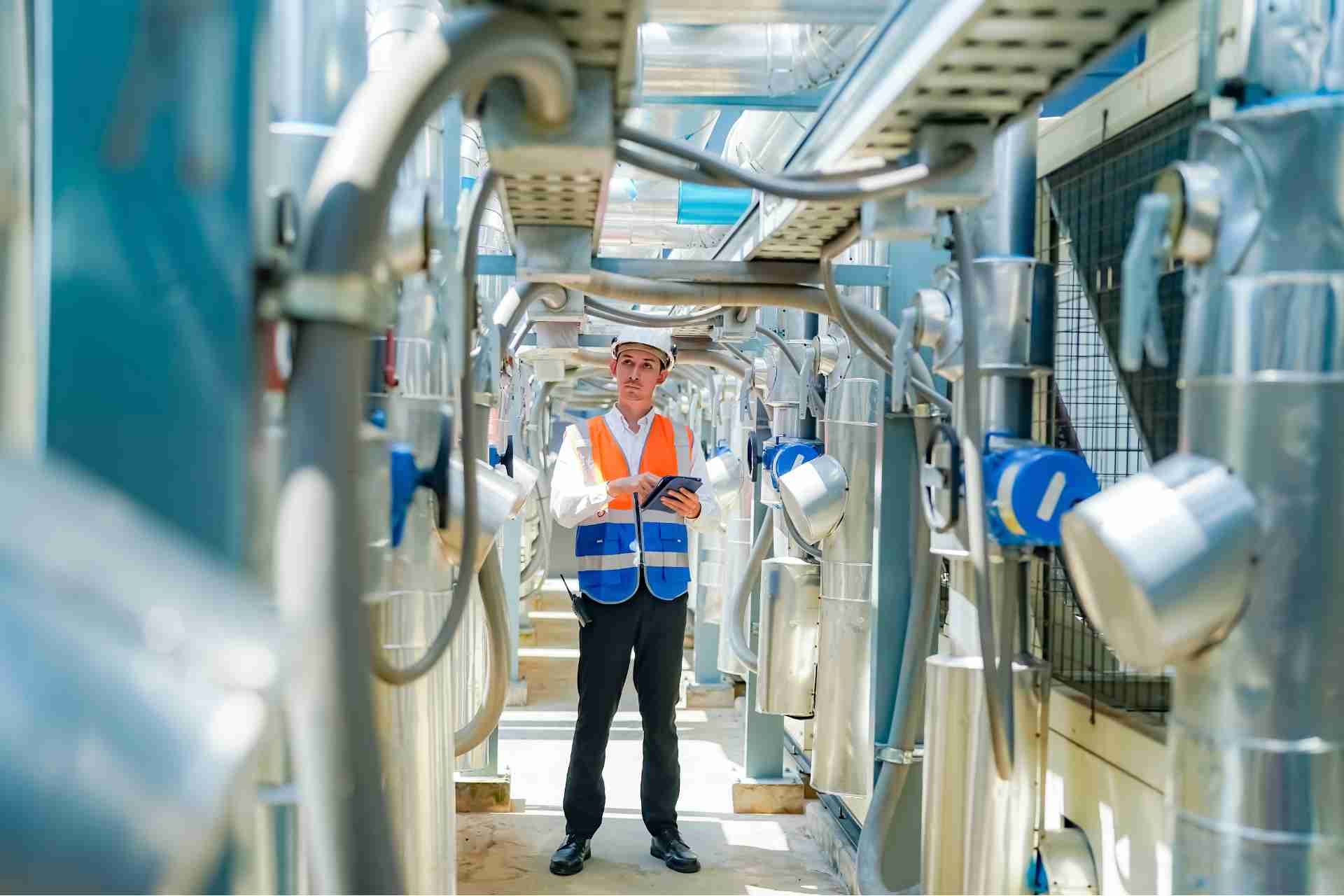Propane Tank Installation Requirements
When it comes to propane tank installation, understanding the requirements is essential for safety and compliance. You need to be aware of local regulations, permits, and proper sizing based on your energy needs. It's not just about placing the tank; safety clearances and installation best practices play a crucial role too. Let's explore the critical aspects that ensure a safe and efficient installation process.
Understanding Propane Tank Types
When you're considering propane tank installation, understanding the different types of tanks is crucial. There are two main options: aboveground and underground tanks.
Aboveground tanks are more accessible for maintenance and inspections, making them a popular choice for residential use. They come in various sizes, typically ranging from 120 to 1,500 gallons.
On the other hand, underground tanks are less visible and can save space in your yard. However, they require more extensive installation and are often more expensive.
Additionally, both tank types come in different materials, such as steel or fiberglass. Each option has its pros and cons, so weigh your needs and preferences carefully to decide which tank type fits your situation best.
Local Regulations and Permits
Before installing a propane tank, it's important to check local regulations and obtain the necessary permits. Each municipality has its own rules regarding propane tank placement, safety standards, and installation procedures.
Start by contacting your local building department or fire marshal to understand the specific requirements in your area. You may need to submit an application detailing your installation plans and pay any associated fees.
Additionally, some regions require inspections before or after installation to ensure compliance with safety codes. Failing to adhere to these regulations can lead to fines or having to relocate your tank.
Staying informed and following the rules will help ensure a safe and legal installation process.
Proper Tank Sizing and Placement
Choosing the right size and placement for your propane tank is crucial for both safety and efficiency.
Start by assessing your energy needs. Consider how much propane you'll use for heating, cooking, or other appliances. A tank that's too small can lead to frequent refills, while one that's too large might waste space and money.
Next, think about the placement. Position the tank close to your home to minimize the length of the gas line, but ensure it's easily accessible for refills and maintenance. Avoid placing it in areas prone to flooding or high traffic.
Proper sizing and placement not only enhance performance but also contribute to a more reliable propane supply. Always consult a professional for guidance tailored to your specific situation.
Safety Clearances and Distance Requirements
To ensure safety when installing a propane tank, it's essential to adhere to specific clearance and distance requirements set by local codes and regulations.
You should maintain a minimum distance from buildings, property lines, and any sources of ignition. Typically, this means keeping your tank at least 10 feet away from structures and other flammable materials.
Additionally, consider the tank's size; larger tanks may require greater clearance. Always check with local authorities to determine specific guidelines, as they can vary.
Make sure to account for potential future needs, like landscaping or building expansions. By following these distance requirements, you'll help reduce the risk of accidents and promote a safer environment for everyone.
Installation Best Practices
While you're preparing for propane tank installation, following best practices can significantly enhance safety and efficiency.
First, ensure you've selected a suitable location that complies with local regulations and safety clearances.
Next, use quality materials and tools to secure the tank properly and prevent leaks. Always install the tank on a stable, level surface to minimize the risk of tipping or damage.
During installation, wear appropriate safety gear and keep a fire extinguisher nearby.
It's essential to connect the tank to your system using the correct fittings and hoses to ensure a tight seal.
Finally, after the installation, conduct a thorough check for any leaks before using the tank.
Following these steps will help ensure a smooth and safe installation process.
Maintenance and Inspection Guidelines
As you focus on the longevity and safety of your propane tank, regular maintenance and inspection are crucial.
Start by visually checking for rust, leaks, or damage around the valve and fittings. You should also inspect the tank's exterior for any signs of corrosion. It's a good idea to keep the area around the tank clear of debris and vegetation.
Every few months, test the pressure relief valve to ensure it functions properly. If you smell gas or hear a hissing sound, evacuate the area immediately and contact a professional.
Schedule annual inspections with a certified technician to address any potential issues and maintain compliance with safety standards. By staying proactive, you'll ensure your propane tank operates safely and efficiently.
Conclusion
In conclusion, installing a propane tank requires you to prioritize safety and compliance with local regulations. By understanding the different tank types, securing the necessary permits, and ensuring proper sizing and placement, you can mitigate risks. Remember to maintain required clearances and follow best practices during installation. Regular maintenance and inspections are vital for the tank's longevity and safety. By staying informed and proactive, you can enjoy the benefits of propane without compromising on safety.
